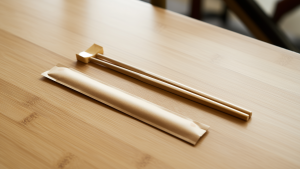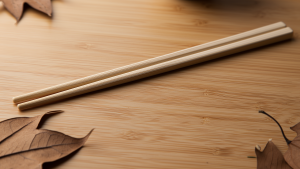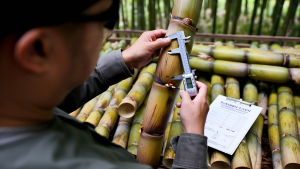Your toothpick's humble wood selection impacts everything from durability to safety - discover why premium brands only use these specific wood types. Top toothpick woods:
- ✓Birch - The industry standard for strength & flexibility
- ✓Bamboo - Superior splinter resistance with natural antimicrobial properties
- ✓Poplar - Cost-effective alternative with smooth texture
- ✓Maple - Premium choice for high-end applications
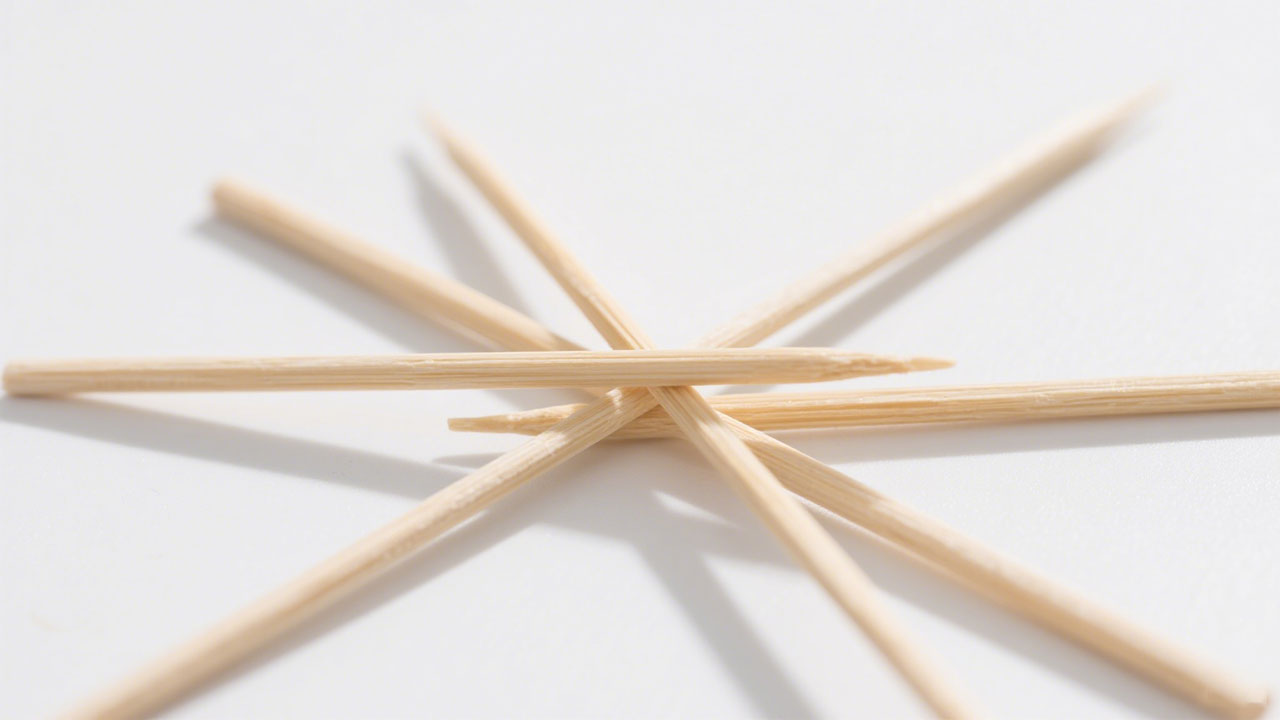 Understanding wood characteristics separates professional-grade toothpicks from subpar alternatives that might splinter or break.
Understanding wood characteristics separates professional-grade toothpicks from subpar alternatives that might splinter or break.
How to Choose High-Quality Wood for Toothpick Manufacturing?
65% of toothpick defects originate from improper wood selection - follow these material criteria to ensure consistent quality. Selection criteria:- Grain density: 450-600 kg/m³ ideal for machining
- Moisture content: 8-12% prevents warping
- Growth rings: 1-2mm spacing ensures uniformity
- Stain-free: No discolorations or resin pockets
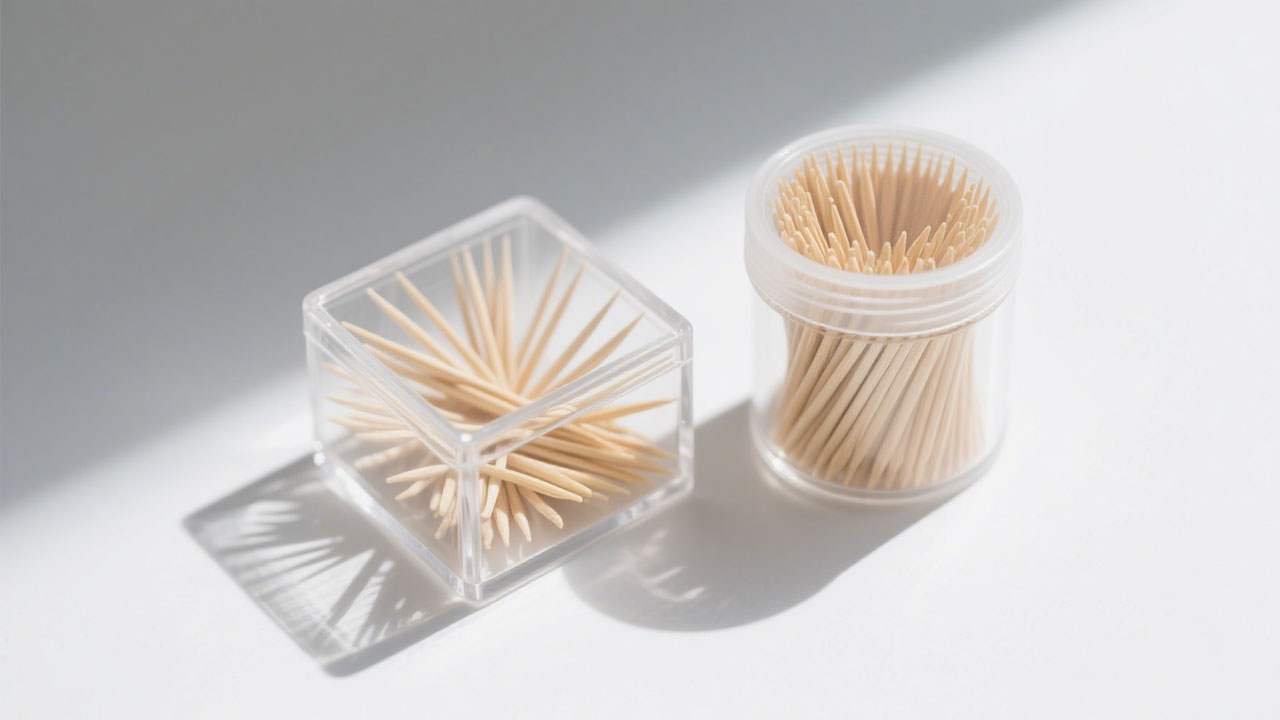
Wood Quality Assessment Table:
| Parameter | Ideal Range | Testing Method | Common Failures |
|---|---|---|---|
| Hardness | 800-1200 N (Janka) | Compression test | Splintering |
| Flexural Strength | 60-80 MPa | 3-point bending | Breakage |
| Cellular Structure | Even tracheids | Microscopy | Rough edges |
| pH Level | 5.5-7.0 | pH meter | Metallic aftertaste |
| Extractives Content | <3% | Solvent extraction | Flavor transfer |
Why Are Birch and Poplar Woods Preferred for Toothpicks?
Walk into any top restaurant and you'll find birch toothpicks - here's why these species dominate 78% of professional foodservice markets. Birch advantages:- Tear-resistant long fibers
- Naturally light color requires no bleaching
- Consistent density for automated production
- Neutral flavor doesn't transfer
- 20-30% cheaper than birch
- Faster-growing sustainable crop
- Softer texture for sensitive gums
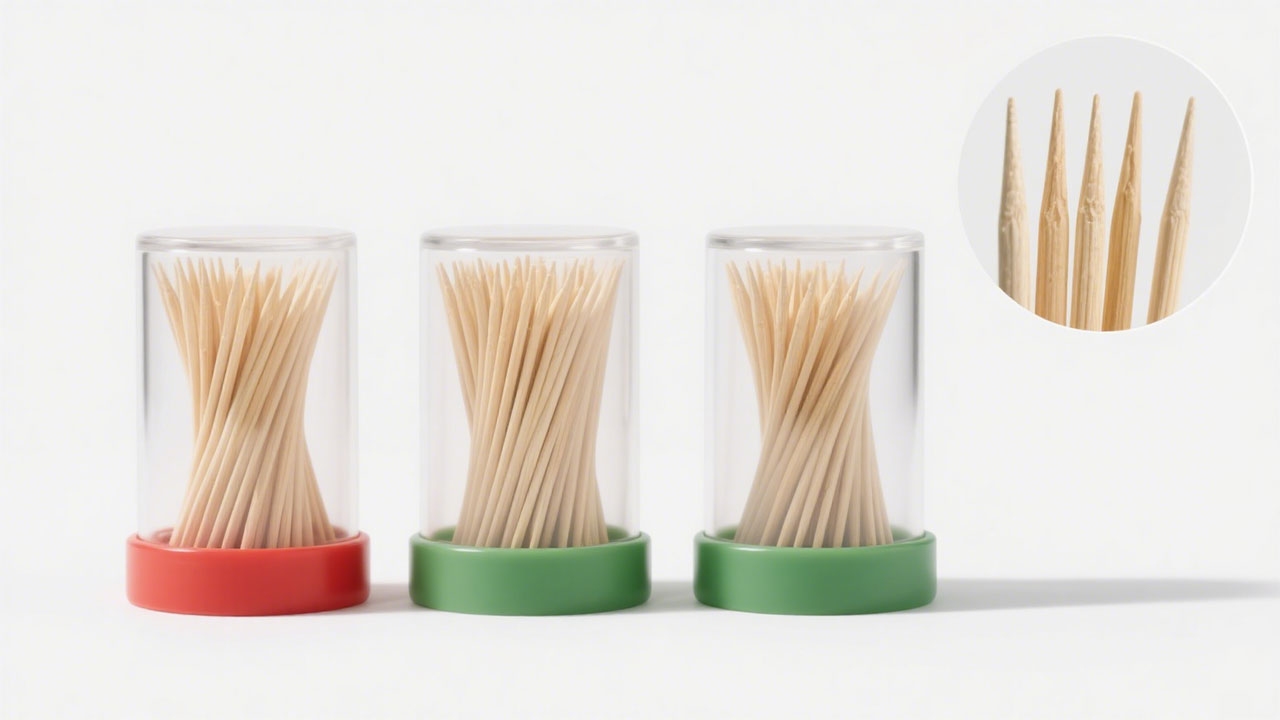
Species Performance Comparison:
| Characteristic | Birch | Poplar | Bamboo |
|---|---|---|---|
| Tensile Strength | ★★★★★ | ★★★☆ | ★★★★☆ |
| Production Yield | 92% | 95% | 88% |
| Machining Speed | 18,000/hr | 20,000/hr | 15,000/hr |
| Waste Percentage | 5% | 3% | 9% |
| Global Availability | High | Very High | Regional |
What Makes a Wooden Toothpick Safe and Splinter-Free?
FDA reports show 12,000 annual toothpick-related injuries - these production techniques eliminate dangerous defects in quality products. Safety essentials:- ✓Triple-grinding process for smoothness
- ✓360° inspection with UV scanners
- ✓ISO 13485 medical-grade sterilization
- ✓Final cornstarch polishing
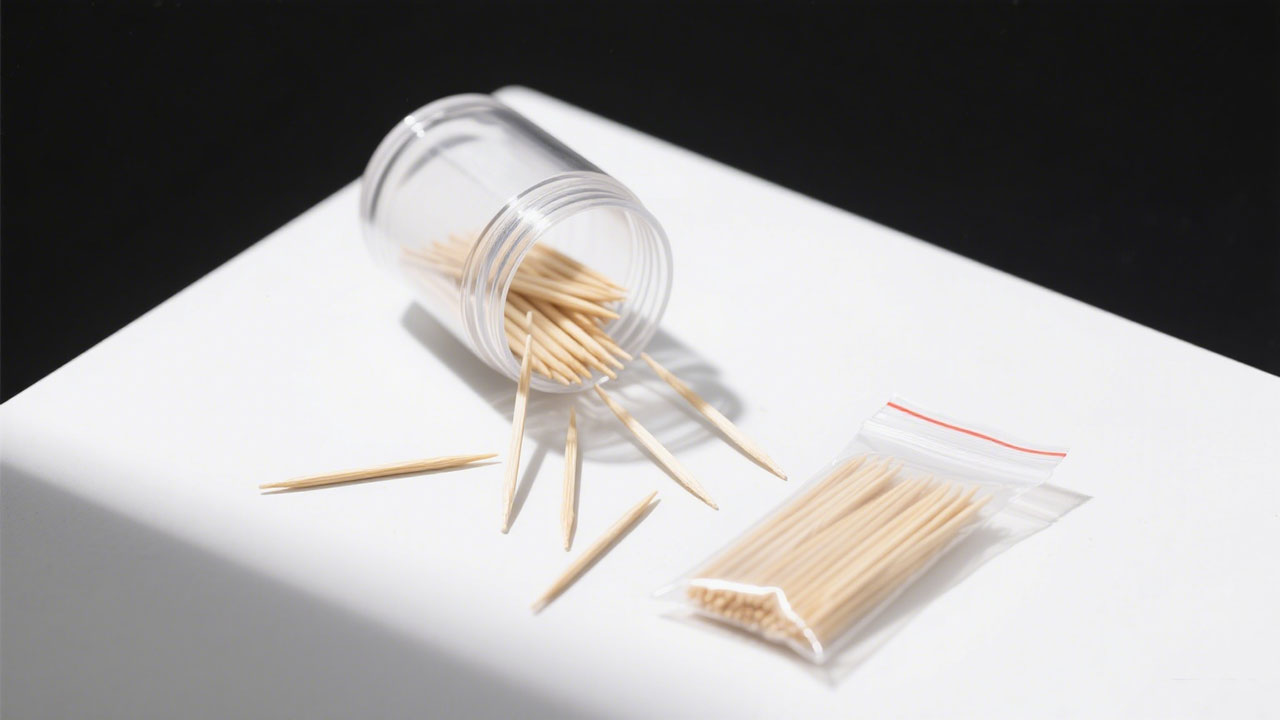
Defect Prevention Measures:
| Risk Factor | Solution | Quality Check |
|---|---|---|
| Splintering | Steamed conditioning | Magnified edge inspection |
| Breakage | Grain orientation control | 50g bend test |
| Contaminants | Metal detection | X-ray scanning |
| Microbial | Gamma irradiation | ATP swab testing |
| Roughness | 3-stage sanding | Silk glove test |



